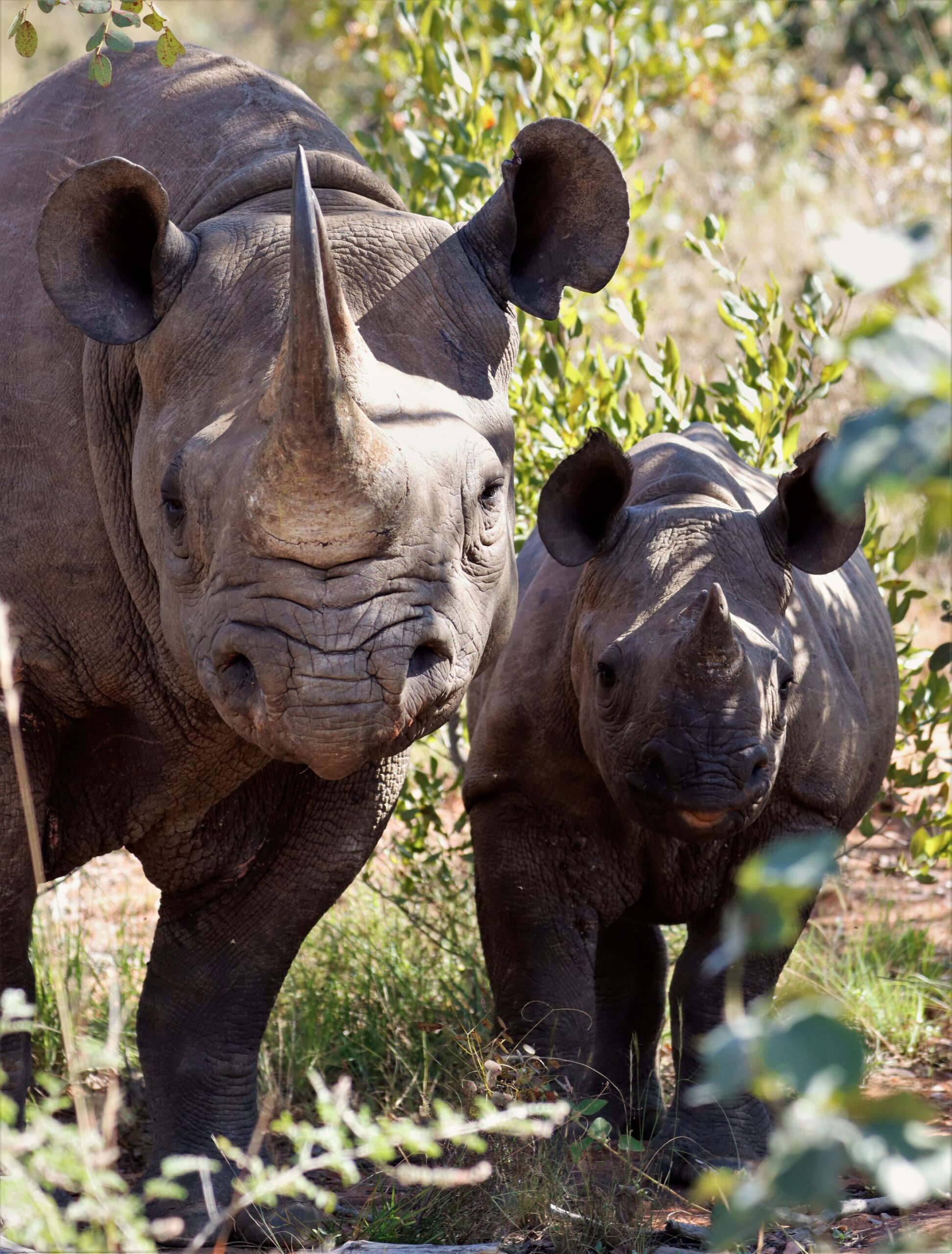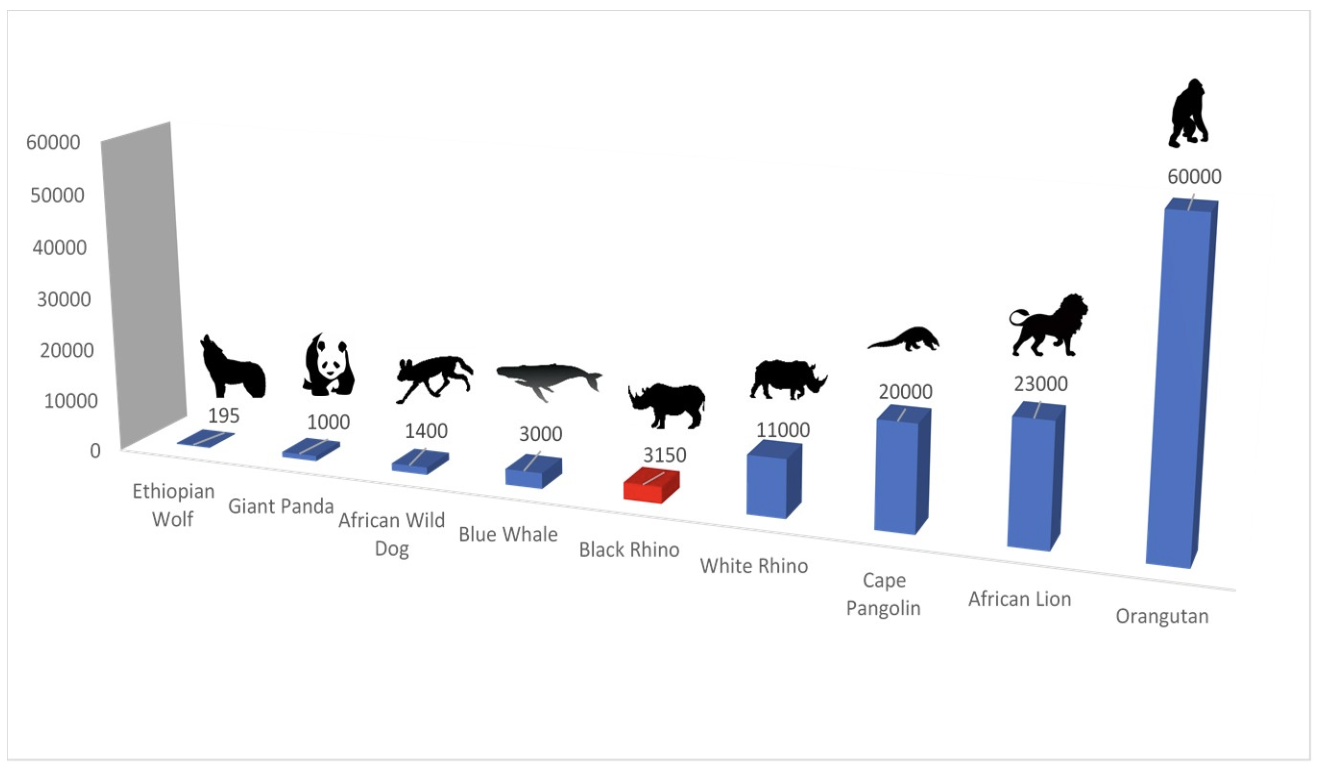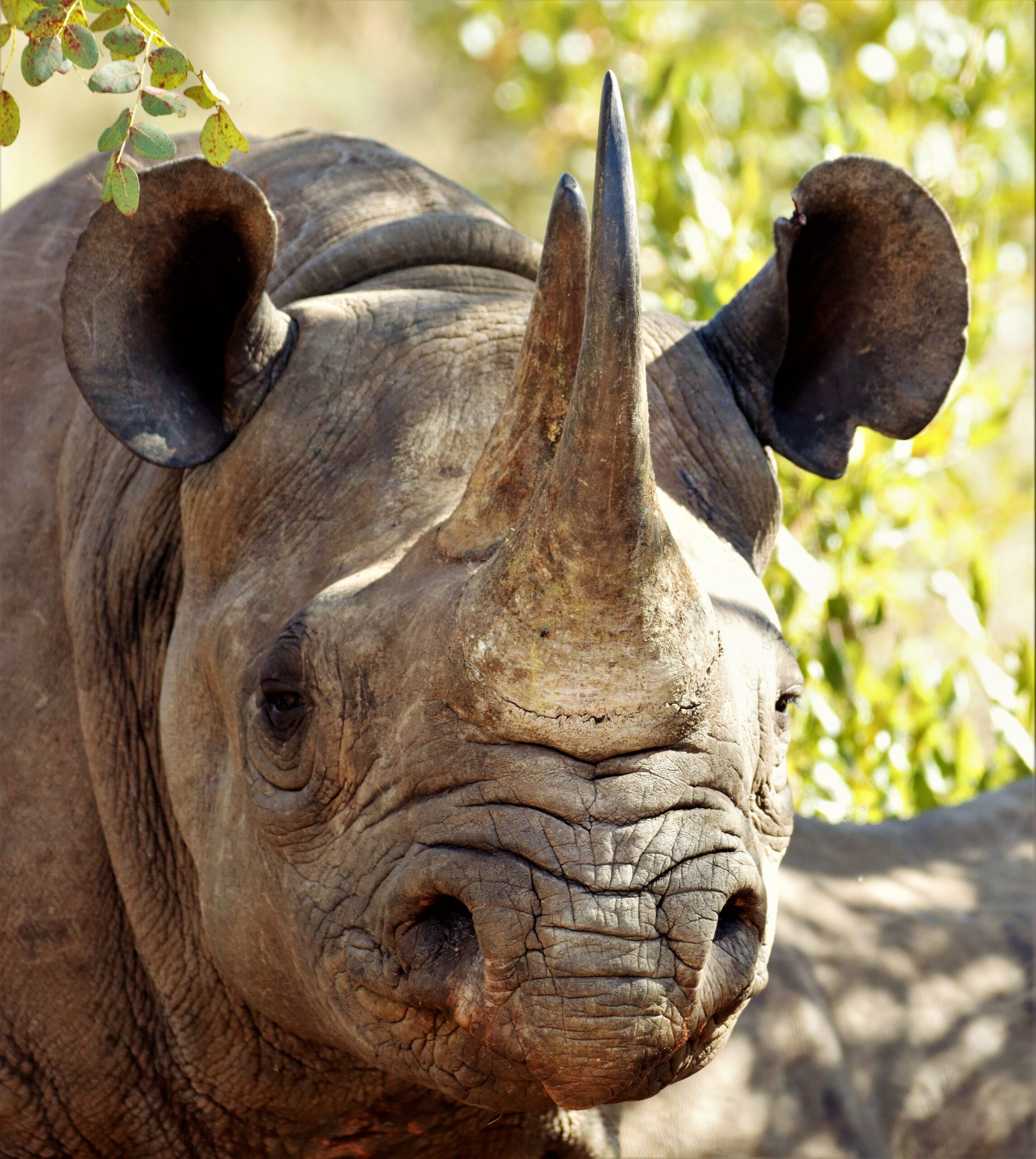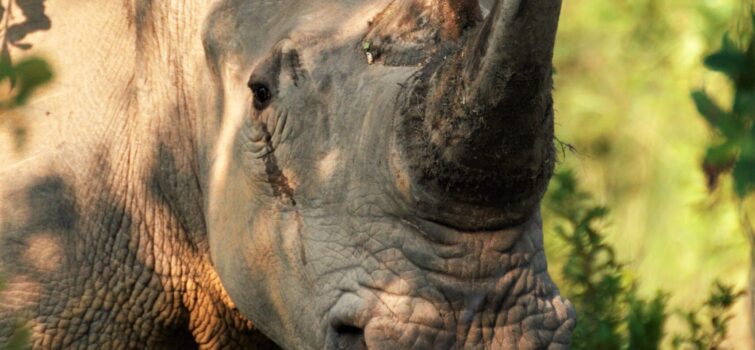Perspective
Perspective. The appearance of something relative to one another. We gain perspective daily of our own lives, our purpose in society, our roles as parents and children, of politics, religions, celebrities and more. All of us are constantly fed information from a wide range of sources, constantly changing how we see things, creating emotion and guiding us into making choices. What we often deem as the norm is often the exception and what we choose to believe sometimes simply does not exist. There is much to digest, and we can only interpret what we are exposed to, however it is what we don’t know that often gives the most perspective.
Perspective, an exercise
Before you read any further, I would like you to complete a little exercise, based on what you know now, on your perspective on wildlife in the world today. It’s a simple, fun, yet relevant exercise that may put things into a different perspective for you once you are done reading. Don’t use any internet resources or other to complete this exercise, it is simply objective. Use your logic and current knowledge to test your perspective. Keep your response and reflect back to it at the end of this story.
Consider the species of mammals in the list I have given. From what you know or understand about them, list them in order of rarity, or threat of extinction. Once you have your own order, keep it, and read on. The answer to this, lies within. They are presented in a random order, so put them right. Number ‘1’ being the rarest or most threatened working to the least rare or threatened.

Wednesday, the 7th day of April 2021. A routine trip from the Main Gate back to the Lodge, is met with excitement as we decide to take a slight detour on our way to Camp. I am no doubt privileged to have witnessed many things on the various Reserves I have worked, and I cherish each moment, new or repeated as if it was the first.
Jessica and I were chatting casually as we drove the winding track towards Caracal Plains, when rounding a corner close to the little valley below the plains, we came across the very thing we were hoping for on our detour.
A Black Rhino and her calf
Jessica has never seen Black Rhino in the wild. We were privileged on a previous Reserve we worked on, to have been up close and personal with a black rhino that had been orphaned and hand reared and we often used to go and spend time with him, any chance we had. We searched fervently for them on the Reserve, a healthy wild population right under our noses, but only came as close as a fresh pile of dung or tracks or an image on one of the trip cameras we were using in a Leopard monitoring project. I have spent a lot of time in other Reserves tracking and observing black rhino, but today however was Jessica’s first real sighting of a wild black rhino.
Only four meters from the road, we had startled her and her calf of about a year and a half. We sat quietly with them, both of us immersed in the moment. They were quite relaxed with our presence, which gave us a greater privilege. We were able to take some great photographs, before feeling we had overstayed our welcome, and slowly backing out we left them to the peace and quiet of the Reserve once more.
July 2018, a communication is received from the Welgevonden Reserve Management. We are to receive a number of black rhinos from another private reserve in South Africa. This would be a new venture for us as black rhino, extinct from this area for some time, were coming back. They were released, giving the Reserve and our game experiences the opportunity for a whole new perspective. These animals were shy, and few sightings have been recorded. We search for them from time to time, although they choose to inhabit parts of the park where food is more abundant, water sources reliable and roads and vehicles scarce. A few brief encounters are enjoyed but for the most part, they share the hills and valleys with us, largely unnoticed.
Black rhino, or more accurately, hook-lipped rhino, are smaller than white rhino (square-lipped rhino) by almost 40%. They are select browsers preferring the new shoots of suitable trees and shrubs. They have a distinct concave back, compared to the white rhino, a smaller triangular head with a distinct ‘hooked’ top lip. This lip is adapted to browsing, aiding them in pulling suitable branches into the back of the mouth, where the teeth neatly clip the ends off. Black rhino, walk with their heads held high, whilst the white rhino hangs its head to the ground, grazing short grasses. Preferring thickets and dense wooded areas, the black rhino finds refuge in these concealed areas, where the white rhino will walk unfazed in the open grasslands.
Black rhinos are ‘renowned’ for their temperamental dispositions and we spent the 10 minutes we had with them, waiting for a change in behaviour and a cue that would quite clearly state we were not welcome. It never came.
Without a doubt, these rhinos are certainly more ‘engaging’ than their white rhino cousins and when disturbed or encountered will not pass up an opportunity to come and investigate what you are and why you are there. They have built up a reputation of being somewhat of a thug, and when you see one you move away, as quickly as you can. This is not the case.
I am asked daily on the behavioural traits of animals, and many questions produce answers that people thought they had but were completely misled, either by misinformation or the perspective of what they have been told before. If we see something for the first time, this becomes our norm. If we don’t take the time to investigate this scenario again and again, formulating a perspective based on experience, then this stays the norm.
This sighting for us both was incredible, not only because of how at ease they were with us but because of how rare these animals are in the wild, and the privilege we have to see them and to live amongst them.
March 2021, communication is received from the Welgevonden Reserve Management. We are welcoming another group of black rhinos onto the Reserve in line with the Reserves animal husbandry ‘rescue rhino’ program, almost doubling our population. Excitement ripples through the Reserve once again, only this time it reaches fever pitch as regular sightings of our new members are enjoyed. We are grateful to join in the furore, enjoying this moment we shared with the newly introduced black rhino.
Wildlife in Perspective
Global awareness of the illegal trade and trafficking of wildlife attempts to put things in perspective for us, however more often than not, the picture painted is not a true reflection of what is going on.
The International Union for the Conservation of Nature (IUCN) works tirelessly to generate global awareness of the plight of the worlds’ wildlife. From the information gathered, the IUCN Red List is published. It is an indicator of the health of the Worlds Biodiversity and is a powerful tool to inform and catalyse action for biodiversity conservation and policy change. It highlights to us all that we cannot live outside of wildlife that as a species, our very existence and survival relies heavily on the overall biodiversity of the earth.
The IUCN provides information on many species from plants and fungus to amphibians and mammals with information such as range, population size, habitat and ecology, use and trade, threats and the conservation action needed. It is an evolving barometer of life and biodiversity on earth.
There is much controversy globally on the trade in wildlife. An ‘illegal’ industry in many ways that generates an annual turnover of close to $ 23 billion. Rhino poaching, the illegal act of slaughtering rhino for their horn, has been in the spotlight for many years and more recently has raised awareness with the renewed illegal activity in southern Africa. They are not alone, and the majority of our wildlife is in peril.
We often, quite casually, in conversation about conservation, refer to a species as being ‘endangered’, but give little thought to what this really means. The IUCN Red List puts this into perspective for us.
The black rhino (referring to all subspecies) is listed as ‘Critically Endangered’. Extinct from many historical ranges, the numbers globally are estimated to be around 3500 individuals. Throughout most of the 20th Century, they were the most numerous of all rhino species until the mid-1990’s. Between 1960 and 1995, 98% of the population was decimated through the relentless hunting for their horn and the clearing of suitable habitat to make way for human settlement and agriculture. During this period, only two sub populations showed increasing population numbers – South Africa and Namibia.
They have become one of the rarest mammals in Africa today, therefore leading to the great excitement shared on the Reserve at the introduction of these special animals.
With fewer black rhino to fuel the illegal trade in rhino horn internationally, the spotlight fell on the white rhino. White rhino is listed as ‘Near threatened’ with an estimated population of 11000. At the end of 2017, an estimated 18000 lived in just 5 countries in southern Africa, with South Africa as the species stronghold, home to almost 85% of the remaining world population. These numbers have since worsened and the estimate today has dropped almost by 50% throughout the region where they are found.
So why would they only be listed as ‘Near threatened’ whilst their cousins are listed as ‘Critically Endangered’. The answer lies in the available data and once again, provides us with some perspective.
The criterion used to list the species on the IUCN Red List are complex and consider the relevance of available data, the conservation efforts in place to protect a species, the current threats to the species and a myriad of other complicated factors. It is a daunting task and in no way does it deflect attention from or towards any species listed as either less vulnerable to more vulnerable.
Consider the below graphic. The Ground or Cape Pangolin, one of eight species globally and one of four in Africa is listed as ‘Vulnerable’, yet it is the most trafficked animal in the world. The Giant Panda with only around 1000 mature individuals found wild, outside of captive environments is also listed as ‘Vulnerable’. The status is not only about numbers but more about threat. Patterns of change and the bigger picture all considered to give us a greater understanding of what is happening to our biodiversity. Rarity doesn’t always mean vulnerability.
This graphic was produced by me using the estimated number of mature individuals as listed on the IUCN Red List website. It is a reflection and should not be viewed as an overall finite representation of the listed and unlisted species. It does however put things into perspective.
Considering these ten species, reflect on the exercise earlier and see how your perspective of wildlife today is different to what it really is.
March 2021, the African Elephant is listed as ‘Endangered’ with the recent IUCN data release, an ‘upgrade’ from its previous ‘Vulnerable’ status. Its unwelcome new status is concerning. With an estimated 400,000 animals left in the wild across sub-Saharan Africa, it does not feature in our graphic. The constant threat of poaching and habitat loss have contributed to this status adjustment. The same threats that threaten all our species and our very own lives.
Almost unbelievably, as I sit and write this, the Government of Zimbabwe is selling the rights for 500 Elephants to be hunted legally in the Country. The revenue generated from each hunt, estimated to be around $10000, will provide much needed public funds, used to facilitate the procurement of vaccines to aid the fight against COVID-19.
Don’t lose perspective, you may regret it.
 Text – Neil Davison
Text – Neil Davison
Photographs – Neil Davison
References:
1. 30 years of personal observations by the author on various Reserves in South Africa including Welgevonden Game Reserve
2. Trevor Carnaby, Beat about the bush: Mammals, Jacana, Johannesburg, 2007
3. J. D. Skinner and R. H. N. Smithers, The Mammals of the Southern African subregion, University of Pretoria, Pretoria, 1990
4. Richard Despard Estes, The Behaviour Guide to African Mammals, Russel Friedman Books, Johannesburg, 1991
5. International Union for the Conservation of Nature https://www.iucn.org/ and https://www.iucnredlist.org/
6. African and Asian Rhinoceroses – Status, Conservation and Trade, A report from the IUCN Species Survival Commission (IUCN SSC) African and Asian Rhino Specialist Groups and TRAFFIC to the CITES Secretariat pursuant to Resolution Conf. 9.14 (Rev. CoP17)
Richard H Emslie1,2, Tom Milliken3,1, Bibhab Talukdar2,1, Gayle Burgess3, Keryn Adcock1, David Balfour1,4 and Michael H Knight1,4 (compilers)
1 IUCN SSC African Rhino Specialist Group (AfRSG), 2 IUCN SSC Asian Rhino Specialist Group (AsRSG),
3 TRAFFIC, 4 Nelson Mandela University, South Africa

